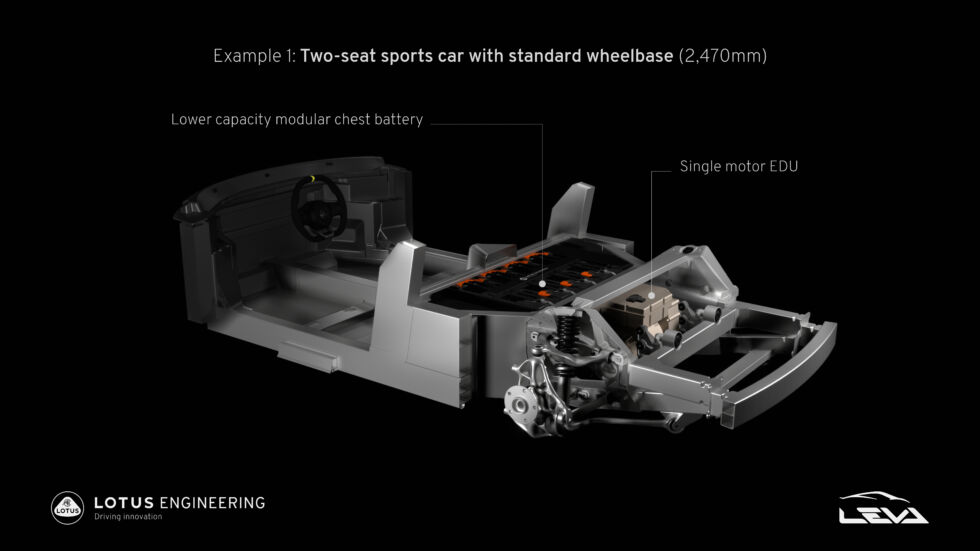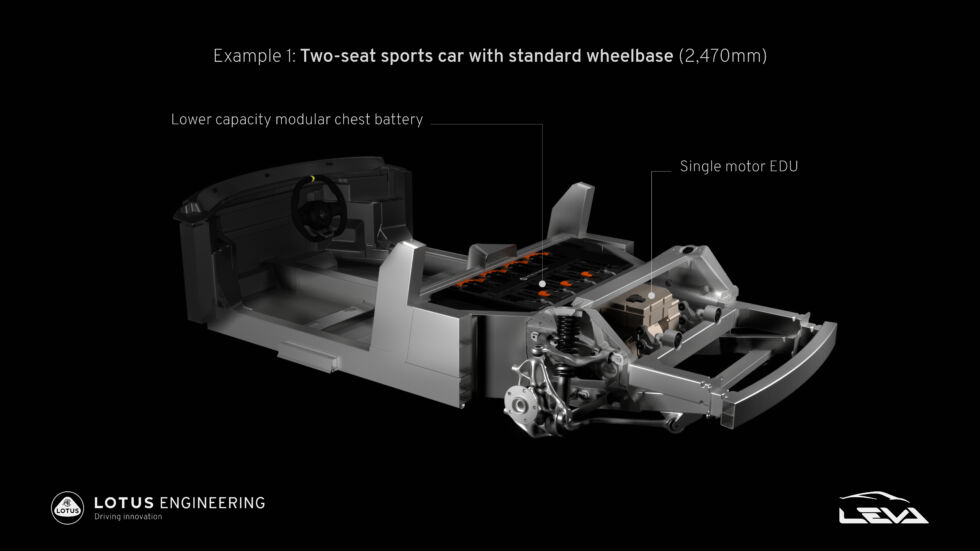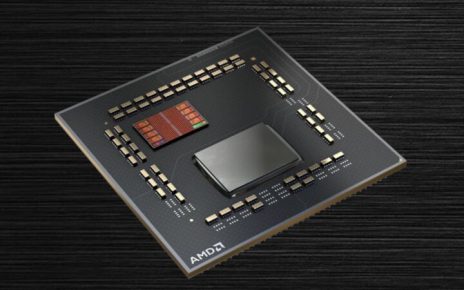-

Lotus Cars is developing a lightweight electric vehicle architecture for sports cars. It uses a die-cast rear subframe that packages the drive unit. For two-seaters, the battery pack goes behind the passenger compartment. [credit: Lotus Cars ]
Of all the automakers that are undergoing the transformation from internal combustion to electric propulsion, few have my interest quite like Lotus. Partly that’s because I first became a car nerd after discovering the Lotus Seven. But it’s also because light weight has always been a core Lotus attribute, and while electric vehicles have much to recommend them, “light” they typically are not.
This would be immaterial until relatively recently, because the small British sports car company didn’t have the resources to consider a switch to electric. But in 2017 Lotus was bought by Geely, also the owner of a freshly revitalized Volvo. As is the Geely way, Lotus got some much-needed investment and has been set to work on electrification.
In April of this year Lotus revealed that its plans now include four new platforms, three of which are entirely electric. This week we got a glimpse into the way the company is thinking about EVs, as it released some details about its lightweight elective vehicle architecture (or “Project LEVA” in Lotus-speak). The key is a newly developed rear subframe that’s far lighter than the one in the V6-powered Emira (unveiled in July as the last internal combustion engine-powered Lotus).





